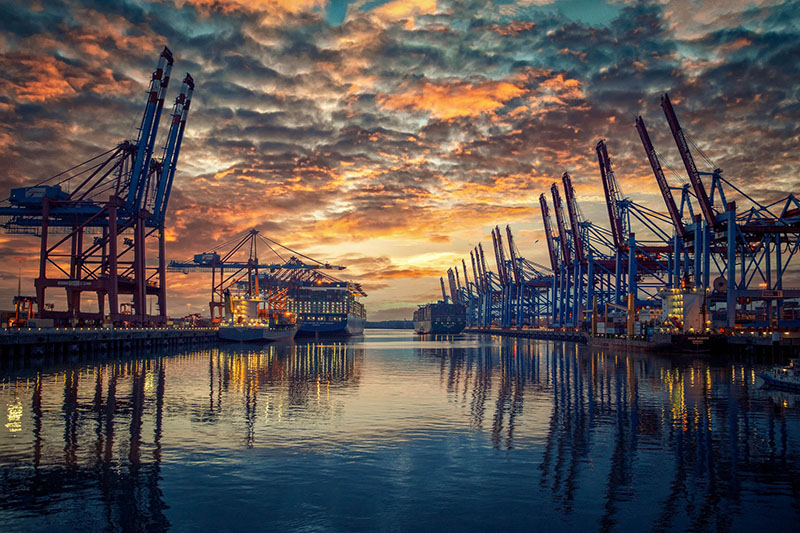Formulating your carbon reporting strategy: a guide for housing associations
With the government's commitment to delivering a zero-carbon economy by 2050, housing associations are understandably under pressure to improve the sustainability of their homes and communities. Addressing the need to reduce emissions while continuing to build new homes at scale is a daunting task. Especially given the challenges around supply chains, costs and data.
To date, the priority for many has been to concentrate on tackling the emissions within their direct control (Scope 1 and Scope 2). However, emissions along the value chain (Scope 3) often represent the most significant greenhouse gas impact. In this session, we'll explore pathways for housing associations to gain adequate visibility into their networks, light-up emission 'hotspots' within their supply chains and map out their carbon impacts.
In this webinar we discuss:
How to develop a carbon reporting strategy that will support robust financial planning for up to 30 years
Effective carbon solutions that future-proof your organisation
Highlight emissions across every facet of the supply chain
Carbon analysis techniques that avoid greenwashing
Meet our speakers

Noah Nelson
Account Director - Trident Utilities

Chris Wilson
Senior Consultant Engineer - Trident Utilities

Rose Bean
Director of Assets & Sustainability - Abri
Our experts discussed the importance of establishing a common and consistent measurement tool alongside a reliable solution for mapping and reporting. You will also learn how to develop a robust carbon reduction strategy, future-proofed to meet disclosure requirements, that will help prepare your organisation for the transition to a net zero economy.

Abri
Abri is a housing provider who is driven by creating thriving communities to empower lives and has already outlined their roadmap to net-zero and have begun decarbonising the homes they own.
Read our latest related news
Prioritising Scope 3 emissions reduction
Carbon emissions from upstream activities will likely represent a significant portion of your carbon footprint, yet to date, they have not been the priority focus for most organisations.
[Infographic] Scope 3 emissions: Supply chain transparency
This infographic highlights the importance of indirect emissions, some of the reasons why organisations struggle to tackle the scope 3 part of their carbon footprint and what they can do about it.
Calculating scope 3 emissions – challenges and opportunities
Emissions along the value chain, often represent an organisation's biggest greenhouse gas impact. However, as they fall outside of the organisations’ direct control, they are often the most challenging emissions to manage.
How Trident can help you
To find out how Trident’s net zero and scope 3 experts can help you to develop a carbon reporting strategy for your business contact us or book a meeting using the form below.





